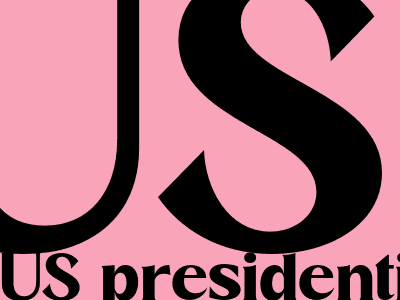
US Presidential Election: Voter Turnout Crucial in Battleground States, Expert Says
High Stakes and Tight Races in Key States
The upcoming US presidential election is shaping up to be a nail-biter, with several battleground states holding the key to victory. In these states, voter turnout will play a pivotal role in determining the outcome.
According to experts, high voter turnout is essential for ensuring a fair and representative election. When more people participate, it reduces the likelihood of any one group or interest dominating the results.
The Importance of Youth and Minority Voters
In recent elections, youth and minority voters have emerged as key demographics that can swing the balance of power. These groups are often underrepresented in the electorate, but their votes can make a significant difference in close races.
In battleground states, candidates will be focusing on mobilizing these voters through targeted outreach programs and campaigns that address their specific concerns.
Get Out the Vote Efforts
Political parties and advocacy groups are ramping up their efforts to get out the vote (GOTV) in battleground states. These efforts include:
- Voter registration drives
- Phone banking and canvassing
- Targeted advertising and social media campaigns
The goal of these efforts is to increase participation and ensure that every eligible voter has the opportunity to cast their ballot.
Challenges and Obstacles
Despite the importance of voter turnout, there are a number of challenges and obstacles that can prevent people from voting. These include:
- Restrictive voter ID laws
- Limited early voting options
- Voter suppression tactics
Advocates are working to address these obstacles and ensure that all voters have access to the ballot box.
Conclusion
Voter turnout is a crucial factor in the upcoming presidential election, particularly in battleground states. High participation is essential for a fair and representative outcome. Political parties and advocacy groups are focusing on mobilizing youth and minority voters, while also addressing challenges that may prevent people from voting. The outcome of the election could hinge on the success of these efforts.